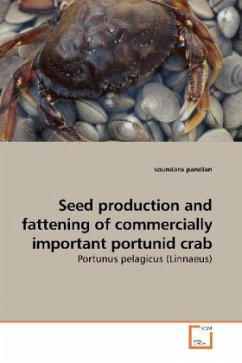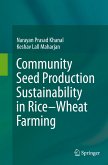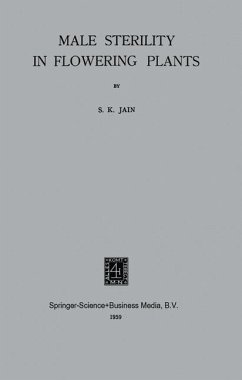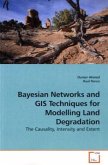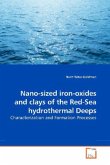Among the marine crustaceans found along the Indian coast, crab rank third after shrimp and lobsters for their esteemed seafood delicacy and also value of the fishery they support. The blue swimming crab, Portuns pelagicus displays 3 mating behaviours viz., contact, cradle carry position and mating.It has six embryonic stages, for example Blastula, Gastrula, Eyeplacode, pigment, hear beat and newly hatched first zoea. P. pelagicus has four zoeal and one megalopal stages. The larval stages are provided with Artemia naupill and Brachionus plicatilis as a feed. The larvae took 20-23 days to complete their larval development. The survival rate is higher in earlier stages but it was lower in later stages. The water crabs fed with mixed feed shows significantly higher weight gain and also it was hardened in very short duration when they were fed with mixed diets.
Bitte wählen Sie Ihr Anliegen aus.
Rechnungen
Retourenschein anfordern
Bestellstatus
Storno

